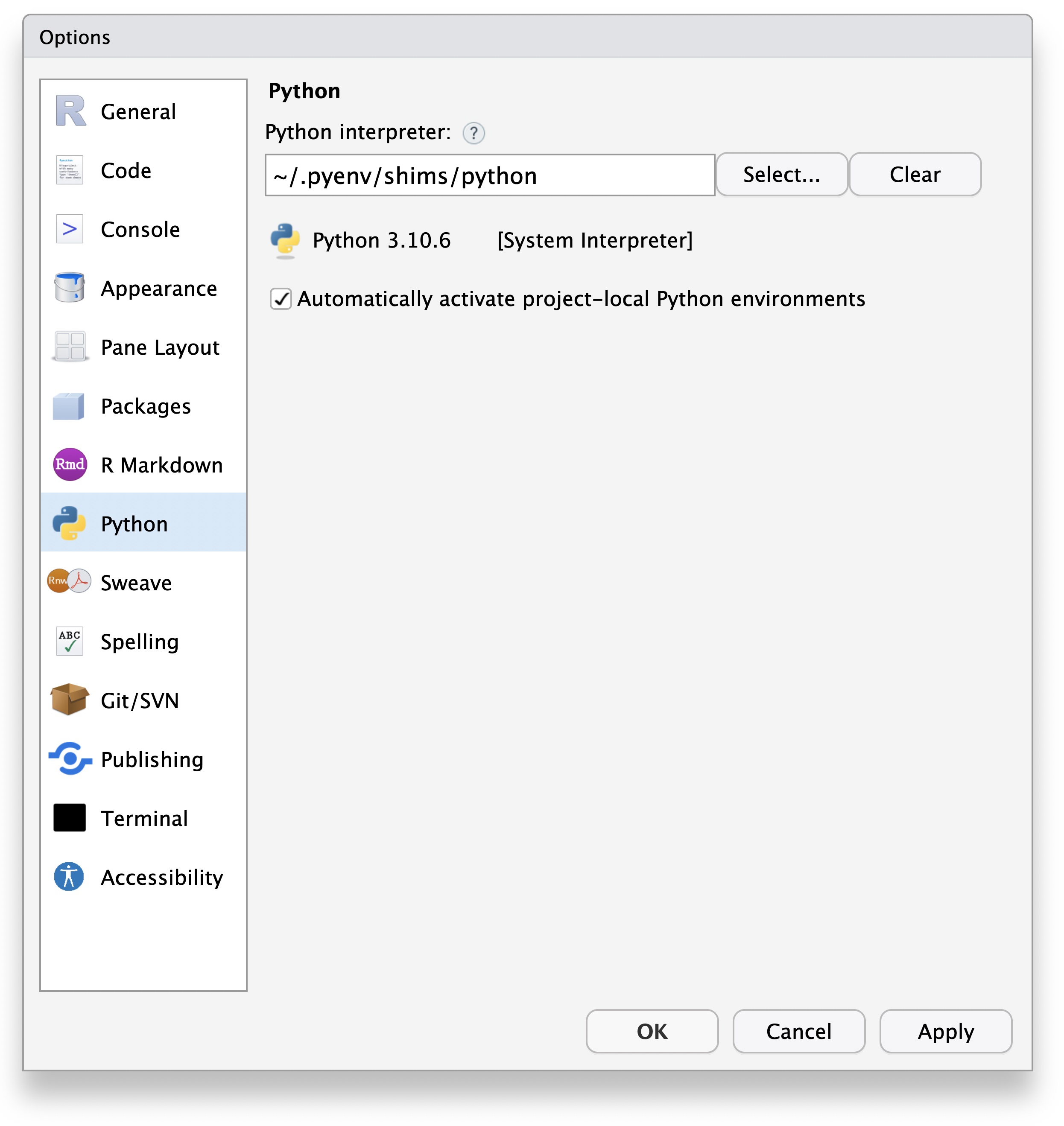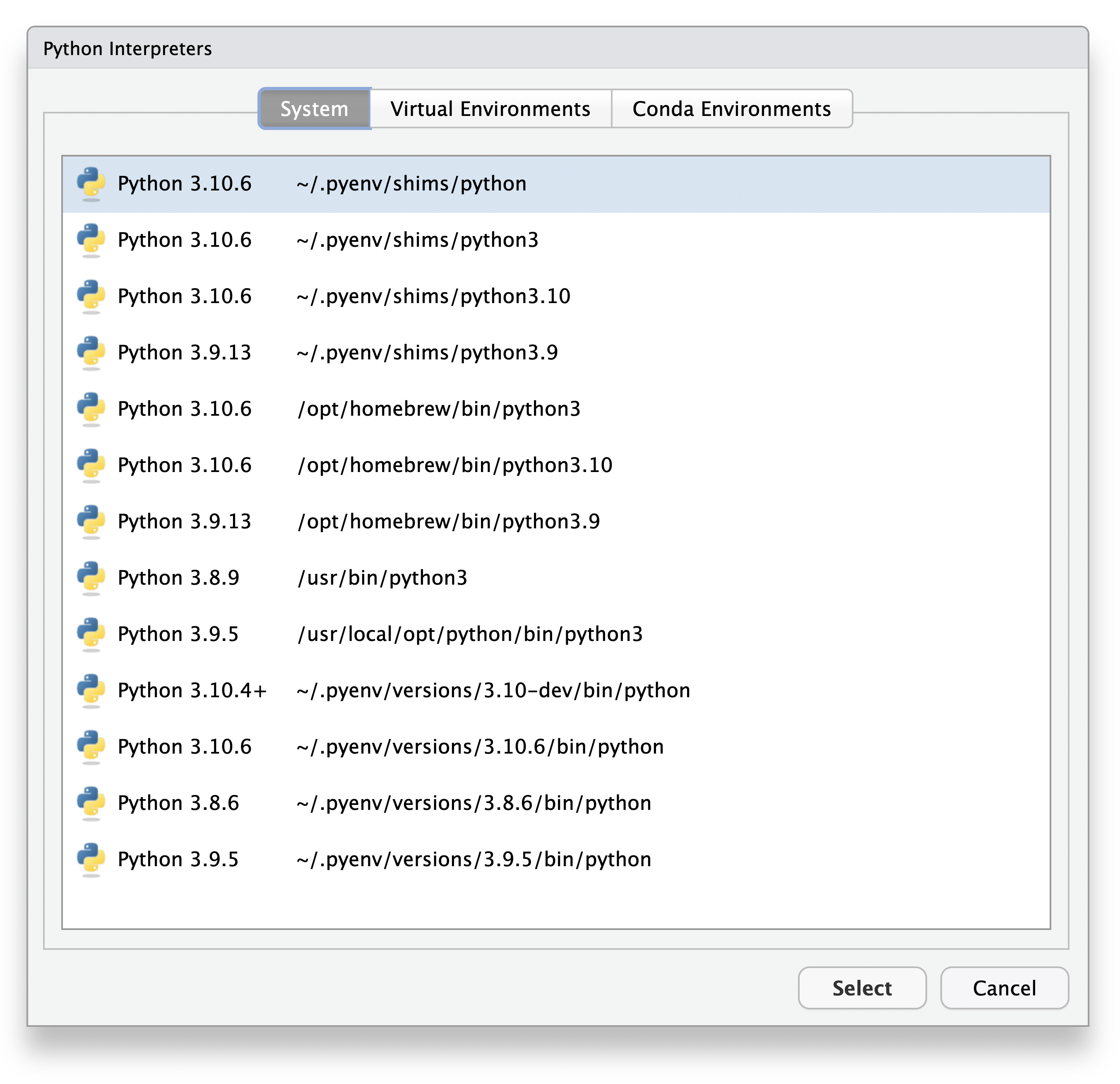1.1 Languages
As I said in the introduction, these are the only programming languages listed where you can wrap and integrate into R.
Here are the list of languages will be used in this document:
- C
First released in 1970s.
C is maybe the easiest compiled language to learn that is used for Operating Systems. It is so easy to compile a C code to R.
In order to compile C in R, you need to convert the C code into a binary source code and then you can call it using
.C.Usage:
gcc -shared -o foo.so foo.cThis is more easier:
R CMD SHLIB foo.cPersonal Experience:
- a year
- C is hard for me to write.
- C++
An extension to C.
Despite its reputation for complexity, leveraging tools like Rcpp and its APIs makes writing C++ code more accessible. Plus, exporting C++ code into the R environment is a breeze, even I, who sometimes write a bad code, can write a C++ code and it is so easy to export a C++ code into R environment.
Compared to C, compilation in C++ might take a bit longer due to various factors.
Download
Rcppand its necessary build tools first. With the Rcpp namespace, you can seamlessly integrateRcpp(C++) features like NumericVector and DataFrame, mirroring R’s class system.Personal Experience:
- A year.
- With
Rcpp, it became easy for me to learn this language but C++ is still hard for me. - I am still rusty to write a code from this language at all.
- Julia
- Julia shares similarities with C in that it’s a compiled language, effectively addressing the “2 language problem” by eliminating the need for separate languages like C, C++, or FORTRAN APIs.
- Julia is a JIT compiled and it is able to be both fast and easy to read.
- Necessary tools: Julia and
JuliaCall. - Personal Experience:
- a year.
- Great language but bothered to learn unless until I master R, Python, and C++.
- Rust
Rust, akin to C/C++, prioritizes memory safety.
Preparing to compile Rust code in R involves installing necessary package (i.e.
extendr/rextendr),Build Toolsandrustcand then install the cargo via the terminal.Personal Experience:
Since December 2023. If I remember it correctly, I was amazed by this language because of
Polarslibrary.I need to master R, Python, and C++ first, and then I won’t bother myself learn this language.
Installation is such a pain. If you ignore it, using Rust is such an amazing experience.
- FORTRAN
Despite its age, FORTRAN remains indispensable in the realm of computing, boasting speed comparable to C/C++.
It’s still widely used as source code for R packages, fAsianOptions as its example.
Just like C, in order to compile FORTRAN in R, you need to convert the FORTRAN code into a binary source code and then you can call it using
.Fortran.Usage:
gfortran -shared -o bar.so bar.f95Just as C, this is more easier:
R CMD SHLIB bar.f95Personal Experience:
I learn this language recently when I learnt the history of R.
Same as C but I’m bothered to learn it.
- R
- R is actually derived from S, a statistical programming language created by Bell Labs.
- While maybe R isn’t exclusively utilized for computing, it’s a statistical computing language widely embraced in statistical analysis.
- With R, it is so easy to conduct a pure data science like data manipulation and visualizations, thanks to the libraries, such as dplyr and ggplot2, and to integrate “structured” databases with DBI and dbplyr.
- Just like Python, R is an interpreted language.
- To use R and its IDE, RStudio, you need to download them first.
- Personal Experience:
- 3 years. Of course, I am a statistics student.
- I started learning this language way back when I was high school student, but started to re-learn this language when I study statistics.
- Python
- Python is an effective general purpose language that can be even used in statistics or any fields of computing.
- To use Python in R, you need to install Python and
reticulatefirst.If you install Python from its webpage, configure the path into its system environment variables and then configure it into RStudio and simply call
py_configand then put the path as its argument (you can configure it inGlobal Option, and then select Python and select the path according to what system detects for its interpreter).If you install Python using
install_python, it will automatically create a virtual environment (it is separated to the Python you installed into the System).Separately to the system, you can install its conda environment
conda_install.
- Personal Experience:
- 2 years.
- When I study statistics.
They are all high level languages (or I should say some of them are close to high level languages) and share similarities. To be real, not all the programming languages listed here is what I can write by my own, they are FORTRAN, Rust, and C. Moreover, I only used those languages that can be both used in computing and listed in knitr. Also, you can wrap the functions from other languages and this is what I do so that it would be easy for me to benchmark them with bench::time.
Another remarks from these languages:
Most of R (base, stats) functions are written in C and FORTRAN (example: The linear model function
lm()).C++ came out later and used in some R packages (example:
ranger).
The snippet were explained by comment blocks (#) in the code blocks.

